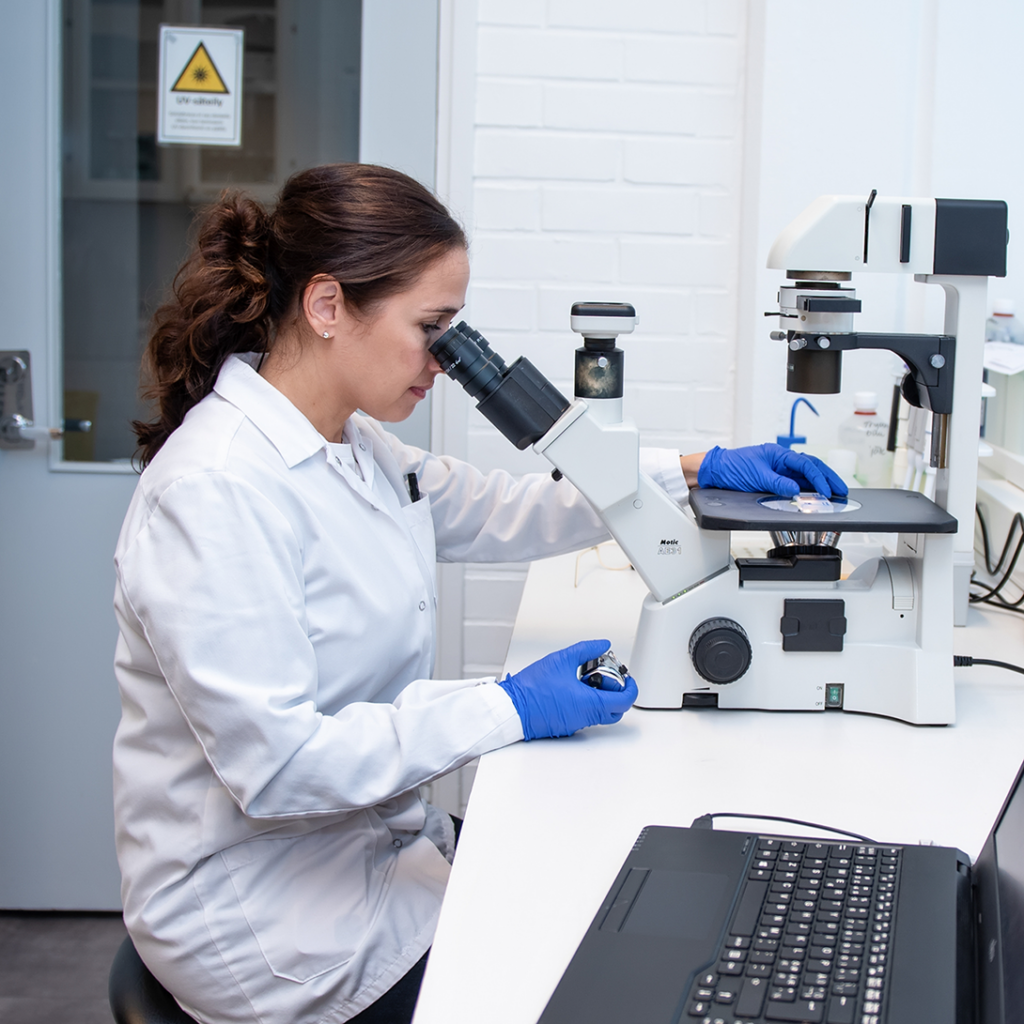Continuing our R&D updates for 2024, we are happy to introduce the latest additions to our in vitro metabolism service portfolio, designed to make your drug discovery and development journey successful!
Solutions for Low Clearance Compounds
Addressing the challenges of low clearance compounds requires specialized knowledge and innovative approaches in drug metabolism. At Admescope, we’ve built our foundation on pioneering in vitro drug metabolism solutions and our capabilities have expanded well beyond the standard approaches.
For compounds with low clearance, precise stability assessment, metabolite identification and profiling will require extended incubation periods to obtain a reliable readout. This can be achieved by applying plated hepatocytes, coated with Matrigel, which allow conducting stability assessment and metabolite identification simultaneously with prolonged incubations. With a wide selection of species available, the method also allows comprehensive cross-species comparison. Importantly, besides small molecules, the assay is a suitable in vitro model for oligonucleotides.
Typically, CYP phenotyping is investigated using liver microsomes, suspended hepatocytes and / or recombinant enzymes, but these methods do not provide sufficient information for compounds with slow metabolic turnover. To overcome this limitation, we have established an assay which applies co-cultured hepatocyte and stromal cells over 72 h incubations with and without CYP enzyme selective inhibitors. The samples are analyzed using UHPLC/HR-MS to evaluate the effect of inhibitors on the in vitro clearance and metabolite formation, and to calculate fraction metabolized (Fm%) via each CYP isoform. Preliminary experiments using recombinant CYP enzymes can be conducted first, to optimize the hepatocyte study design, i.e. which inhibitors should be applied.
For detailed information on our latest offerings, explore the factsheets available on our website or reach out to our team for personalized assistance.

UGT phenotyping
In addition to low clearance compound assays, we are proud to introduce an improved UGT phenotyping assay, utilizing relative activity factors (RAFs) between recombinant UGTs and human liver microsomes (HLM). The study compound and UGT specific model substrates are incubated with human liver microsomes in parallel with the recombinant enzyme incubations. This allows calculating relative activity factors between each recombinant UGT isoform and HLM and enables more quantitative assessment of all the major hepatic UGTs involved in the metabolism of the compound. The obtained information will provide additional support while evaluating the risk for drug-drug interactions.
Fast and cost-effective screening for in vitro metabolic stability
In the early drug discovery, swift and effective design – make – test cycle is paramount. To support early-stage projects, our team is providing rapid and cost-effective in vitro stability assessments as part of our early ADME portfolio. With streamlined protocols and automatization, we can quickly deliver the first in vitro stability data using assays with liver microsomes or hepatocytes. Moreover, stability assessments can be seamlessly integrated with our other early ADME assays, such as kinetic solubility, logD, plasma protein binding or CYP inhibition, providing a comprehensive initial understanding of your compound’s characteristics and allowing fast decision making.
Reach out to our team to discuss what kind of early ADME assay panel we can build for your needs!
